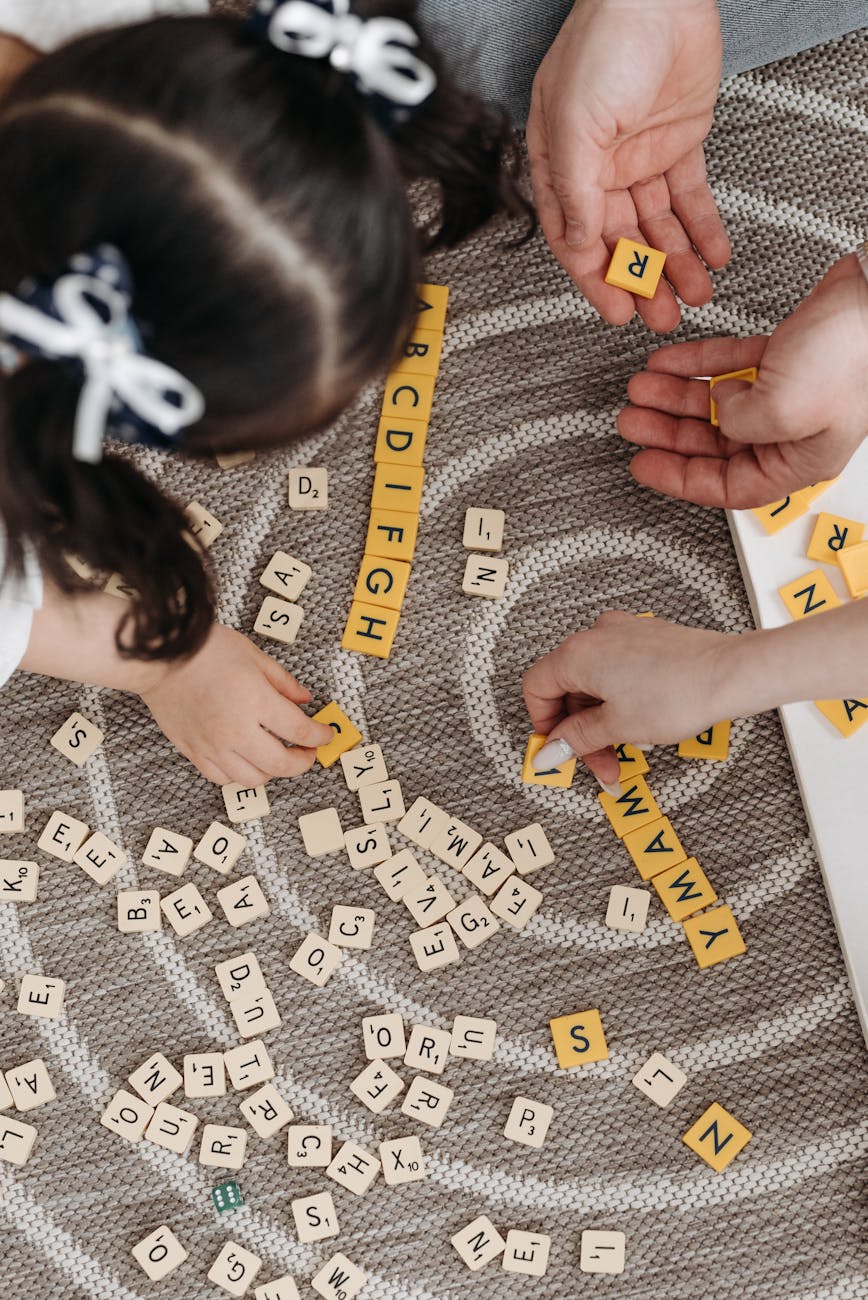Empowering Tips for Fun Summer Activities, Balanced, and Supportive Summer
Introduction
As the school year ends, children are excitedly awaiting the endless possibilities that summer break offers. From family vacations to beach days, summer promises joy and freedom. However, it’s essential not to overlook your child’s mental health amidst all the excitement. Providing them with a supportive environment can help them decompress, explore new interests, and feel emotionally secure.
In this guide, we’ll explore 10 effective ways parents can promote their child’s mental health over summer break, ensuring they return to school rejuvenated and ready to learn.

1. Establish a Summer Routine
Even without the structure of school, a consistent daily routine can provide a sense of security and predictability.
Morning Rituals: Start the day with a morning routine that includes a nutritious breakfast, morning stretches, or family discussions.
Bedtime Schedule: Maintain a regular bedtime schedule to ensure your child gets enough sleep.
2. Foster Creativity and Hobbies
Summer is the perfect time to help your child discover new interests or nurture existing ones.
Art Projects: Set up an art station at home and encourage them to express themselves through drawing, painting, or crafting.
Musical Exploration: If they’re musically inclined, provide them with an instrument or enroll them in music lessons. I know- but the noise! This keyboard has lessons and optional headphones so you don’t have to hear your kid practicing.
Nature Crafts: Collect leaves, flowers, and stones during nature walks and create fun crafts with them.
3. Encourage Physical Activity
Physical exercise is essential for maintaining mental health, reducing anxiety, and improving mood.
Outdoor Games: Organize games like soccer, tag, or frisbee in the backyard or local park. We have so much fun with these .
Family Hikes: Plan family hikes or bike rides on weekends.
Water Play: Head to the beach, lake, or pool for refreshing water play.

4. Practice Mindfulness and Relaxation Techniques
Mindfulness activities can help your child learn to regulate their emotions and reduce stress.
Breathing Exercises: Practice deep breathing exercises together for relaxation.
Yoga for Kids: Find online yoga videos for kids and practice simple poses at home.
Mindful Coloring: Provide coloring books with intricate designs to help your child focus and relax.
5. Create Family Time and Bonding Opportunities
Spending quality time together strengthens the parent-child bond, which is vital for your child’s emotional security.
Game Nights: Organize weekly game nights with board games or cards. Consider a family favorite!
Storytime: Read a book together before bedtime or create your own stories.
Cook Together: Let your child help you prepare meals, teaching them cooking skills while spending time together.
6. Promote Social Connections
While it’s essential to spend quality family time, social interaction with peers is equally important.
Playdates: Arrange playdates with their friends to maintain social connections.
Camps and Clubs: Enroll them in summer camps or activity clubs where they can meet new friends.
Virtual Connections: If in-person playdates are not possible, encourage them to keep in touch with friends via video calls or online games.
7. Limit Screen Time
While screens can provide entertainment and educational content, excessive screen time can negatively impact mental health.
Screen-Free Zones: Establish screen-free zones like the dining table or during family time.
Tech-Free Activities: Introduce tech-free activities like reading, puzzles, or outdoor play.
Screen Time Limits: Set daily screen time limits and encourage your child to take breaks.

8. Cultivate a Positive Mindset
Help your child develop a positive mindset by modeling optimism and encouraging gratitude.
Daily Affirmations: Start the day with positive affirmations that boost confidence.
Gratitude Practice: Encourage your child to write down or share three things they’re grateful for each day.
Celebrate Achievements: Acknowledge their achievements, big or small, and celebrate them with a treat or words of praise.
9. Provide Emotional Support and Open Communication
Create a safe space where your child feels comfortable sharing their thoughts and emotions.
Active Listening: Listen attentively without judgment when your child shares their feelings.
Validate Emotions: Acknowledge their emotions and reassure them that it’s okay to feel that way.
Ask Open-Ended Questions: Encourage conversations by asking open-ended questions like, “What was the best part of your day?”
10. Seek Professional Support if Necessary
If your child shows signs of persistent anxiety, depression, or behavioral issues, consider seeking help from a mental health professional.
Child Psychologist: A psychologist can provide therapy to help your child develop coping strategies.
School Counselor: Even during summer break, school counselors can offer support or referrals to mental health resources.
Pediatrician Consultation: Consult your child’s pediatrician if you’re unsure about seeking specialized mental health care.
Conclusion
Summer break provides an excellent opportunity for parents to nurture their child’s mental health while creating lasting memories together. By establishing routines, encouraging creativity, fostering social connections, and promoting positive mindsets, you can help your child feel confident, supported, and ready to face new challenges when school resumes.
Remember, your support and involvement play a crucial role in your child’s well-being. Embrace this summer as a chance to connect, grow, and build a foundation for your child’s mental health that will last long after summer break ends.
Sample Summer Daily Schedule for Younger Kids

Morning
8:00 AM – Wake up and morning routine (wash up, get dressed)
8:30 AM – Breakfast
9:00 AM – Educational time (reading, working on a summer workbook, or educational games)
10:00 AM – Outdoor play (biking, playing in the park, or a family walk)
Midday
11:00 AM – Arts and crafts or music practice (drawing, painting, building models, playing an instrument). Incorporate food coloring into your projects to let kids create vibrant artworks or even make their lunch items more colorful and fun.
12:00 PM – Lunch
12:30 PM – Quiet time (independent reading or puzzles)
1:00 PM – Science experiment or a DIY project (like building a birdhouse or a simple science kit). Use food coloring for activities such as paint, foam, baking soda and vinegar reactions, erupting ice cubes, or coloring mud for art projects, encouraging creativity and exploration.
Afternoon
2:00 PM – Free play (time with toys, imaginative play)
3:00 PM – Snack and relaxation (healthy snack followed by a favorite movie or TV show)
4:00 PM – To keep kids active and ensure they’re physically engaged, the afternoon is perfect for physical activity. Suggestions include an obstacle course, which can be a fun and engaging way to keep children moving. Using simple household items, parents can create a bike obstacle course or a series of physical challenges like tunnels to climb through, objects to hop over, and makeshift balance beams. This not only keeps kids active but also encourages them to research and plan the course, adding an educational element to the physical activity. Other activities can still include swimming, nature scavenger hunt, a dance class, or a visit to the local community center.
Evening
5:00 PM – Help with preparing dinner (simple tasks like washing vegetables or setting the table)
6:00 PM – Dinner
6:30 PM – Family time (board games, family walk, or visiting a friend)
7:30 PM – Begin bedtime routine (bath time, brush teeth)
8:00 PM – Bedtime story or quiet reading time
8:30 PM – Lights out
Tips for a Successful Summer Schedule with Fun Summer Activities:
Flexibility: While it’s great to have a schedule, flexibility is key. Don’t worry if some activities stretch longer or get skipped. This adaptability can even allow for spontaneous fun summer activities, like an impromptu afternoon in the park or a family picnic.
Child’s Interests: Tailor activities around your child’s interests. If they love animals, include more nature walks or a trip to the zoo. Incorporating fun things like crafting with egg boxes or enhancing a hike with engaging activities can make each outing memorable.
Balance: Ensure there’s a good balance between structured activities and free time. Kids need both guided activities and free play to develop creativity and independence. This balance is perfect for creating a summer bucket list that includes a mix of specific activities and experiences to try over the summer months, turning the ideas provided into great memories.
Family Involvement: Whenever possible, involve the whole family. It’s a great way for everyone to bond and make summer memories together. Creating a summer bucket list as a family can be a fun way to ensure everyone’s interests are included, from fun summer activities to simple joys like enjoying sweet treats and refreshing drinks during a picnic.
This schedule provides structure yet remains flexible, ensuring your child enjoys a diverse and enriching summer!